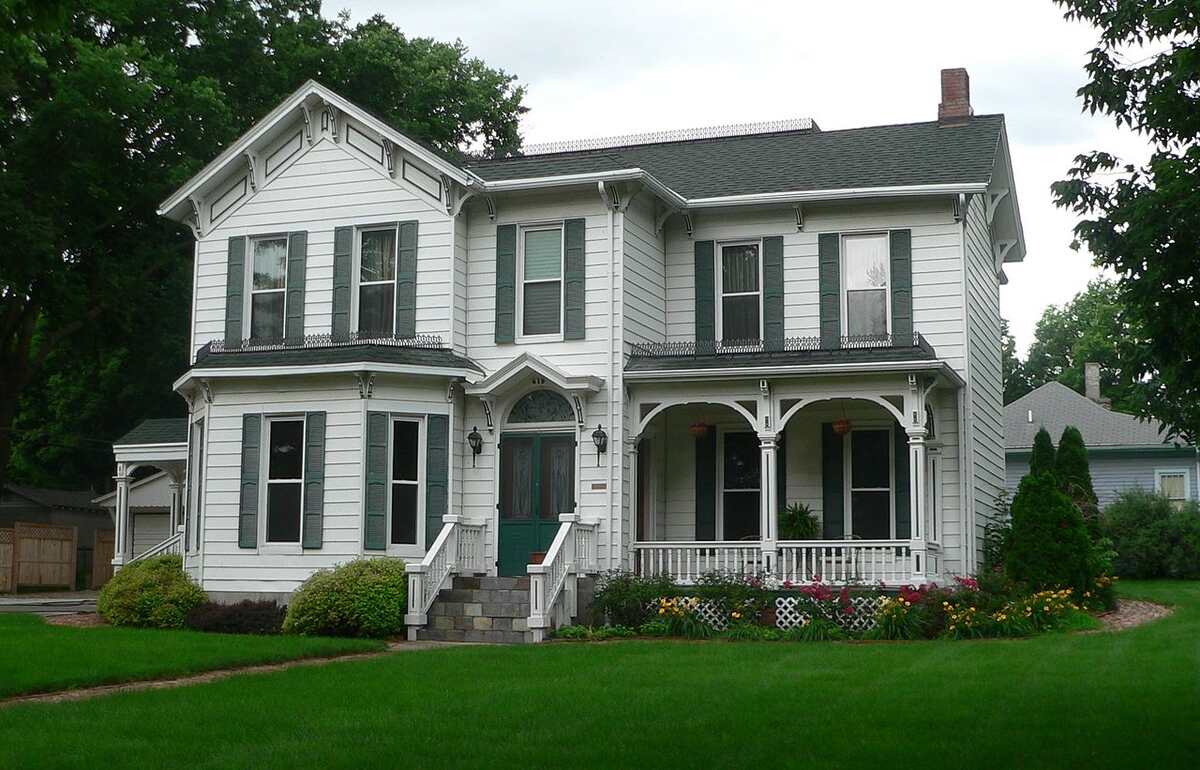
Fall is arguably the most important time of year for lawn care in Nebraska. After the scorching summer, fall is the time for growth and recovery for your lawn. It’s also the time for homeowners across the Tree Planters’ State to prepare their yards for the winter months. How do you best care for your lawn during this season? Here are some fall lawn care tips for Nebraska:
Dethatch
One of the first things you should do this fall is dethatch your lawn. Thatch is the layer of living and dead plant matter between the soil and your turf. Usually, thatch isn’t a problem; however, it can promote disease and prevent nutrients from getting to your turf when it gets too thick.
Nebraskans should dethatch at least once a year, especially if you use your grass clippings as a lawn fertilizer. Dethatching should be done when your turf is actively growing so that it has time to recover. That’s because getting rid of thatch – either with a power rake or a vertical mower – also thins your grass slightly. Generally, the best time to dethatch is early fall.
Aerate Your Lawn
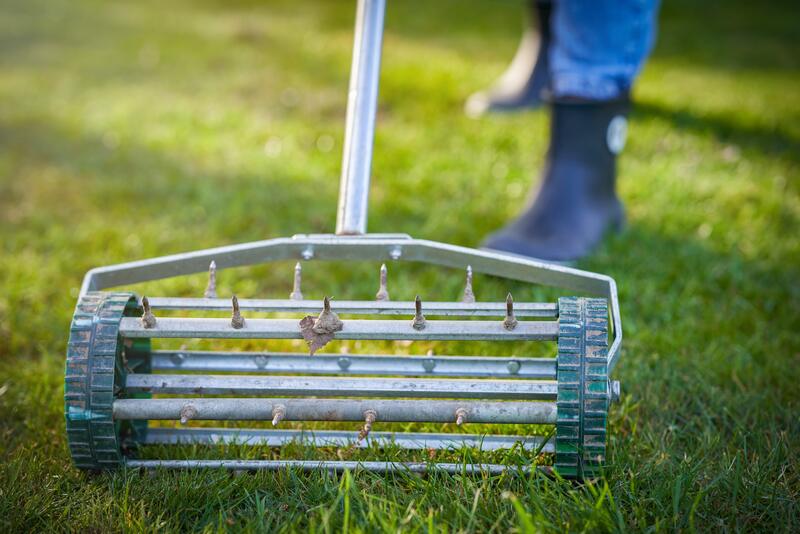
After dethatching, aerating your lawn should be the next thing on your fall lawn care list. Lawn aeration loosens up compacted soil, like the clay soil that is present in many Nebraskan yards.
Soil compaction is bad news for your lawn; it can restrict your grass’s roots and prevent nutrients, air, and water from getting to the root system. It can even cause water to pool on your lawn if it gets too compacted.
Like dethatching, aeration should be done when your grass is actively growing to give it time to recover. For cool-season grass lawns, you should aerate in the fall or spring.
Overseed If Needed
Throughout the year, your lawn will naturally get thinner as it gets stepped on, eaten by pests, or affected by diseases. Fall is the best time to overseed cool-season grasses in Nebraska such as Kentucky bluegrass.
Aim to overseed as early in the season as possible; early fall – or very late summer – is your best bet. The longer you wait to overseed, the longer your grass will have to grow during increasingly colder temperatures.
Remember to lightly water the new grass several times a day to promote growth after overseeding. Slow down on watering once it reaches mowing height.
Fertilize Early
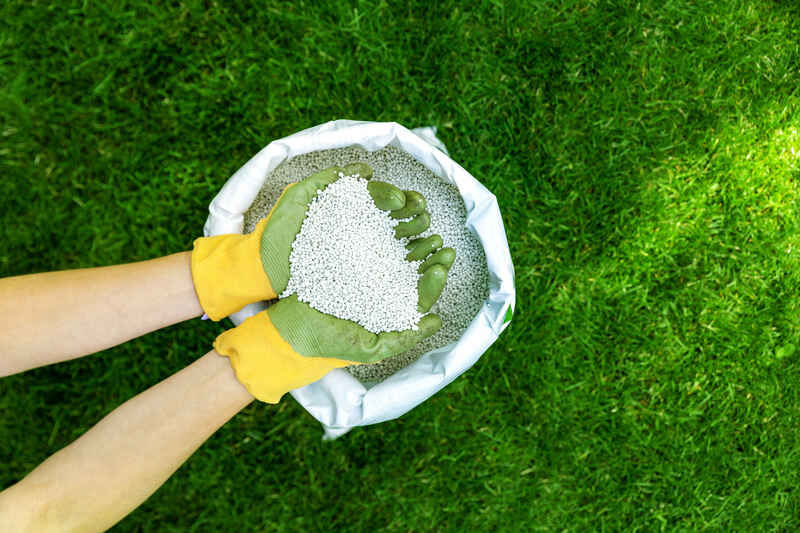
Fall lawn fertilization is arguably the most important application of the year for cool-season grasses like those in Nebraska. You can fertilize as early as late summer up to about mid-October at the latest. Fertilizer contains vital nutrients that will boost your turf’s growth and help it recover this season.
Make sure to use slow-release nitrogen fertilizer, and to fertilize appropriately – no more than 0.75 pounds at a time. Too much fertilizer breeds fungi and gets wasted, contributing to runoff in local rivers and waterways. That, in turn, can contribute to algal blooms when spring rolls around with warmer temperatures. That’s quite bad for the environment.
You can fertilize in late fall, but Elizabeth Exstrom, an Extension officer with the University of Nebraska–Lincoln, suggests that it might not be a good idea. According to Exstrom, research shows that grass may not use the fertilizer because it has already started to shut down around the end of October.
Keep Mowing
We’ve already established that cool-season grasses experience a burst of growth during the fall. That’s why it’s important to bring your mower out and to keep mowing. You should mow your lawn until your turf stops growing.
Mow your lawn to the proper height, which really depends on the type of grass you have. Tall fescue should be mowed to about 2 inches high, while Kentucky bluegrass does best when mowed to about 2.5 to 3.5 inches tall. Make sure you’re not chopping off more than ⅓ of the grass blades’ height at a time to avoid turf stress.
Lastly, make sure your mower blades are sharp before mowing. Dull blades injure your turf instead of giving it a clean cut.
Water Wisely
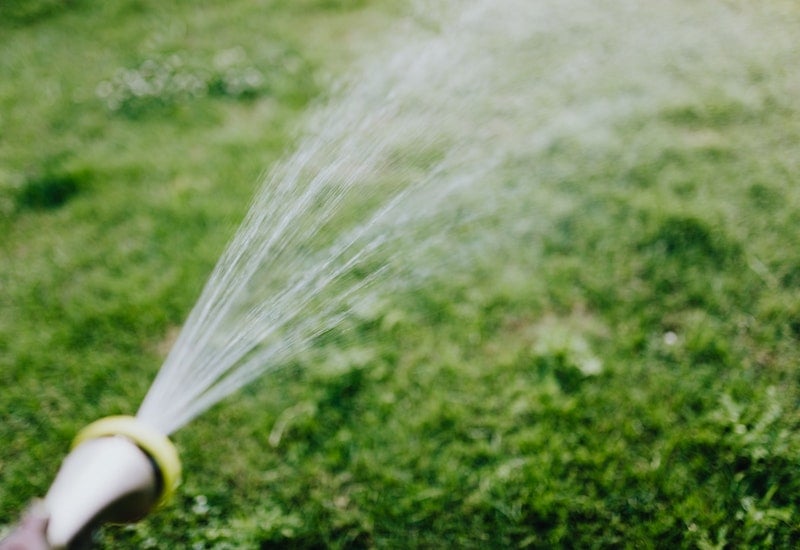
You should keep watering your lawn throughout the fall season but less often than in summer. Instead of frequent, shallow watering, Nebraskan homeowners should water their lawns deeply about once a week. Always water in the early morning so that the water doesn’t evaporate too quickly.
Toward the end of fall, turn off your automatic irrigation system. Your sprinklers will get damaged if not winterized properly.
If your lawn is showing signs of drought stress during late fall, you should hand-water it. These are the signs that your grass needs water:
- Grass blades fold up
- Wilting
- Grass turns blue-gray
- Footprints don’t disappear after you walk on the grass
If you live in western Nebraska, you should keep a closer eye on your lawn, as it’s typically drier there than in other parts of the state.
Watch For Weeds
The fall – particularly October – is the best time to address weeds. Fall is when many broadleaf weeds in Nebraska start making and storing food in their roots. Any herbicide that you apply to them also gets transported to the roots, which makes them more effective. The UNL suggests applying herbicide after you water your lawn so that the product doesn’t wash off.
Spot-treat for weeds instead of applying herbicide throughout your lawn, and use the least toxic weed control product available. Better yet, you should hand-pull weeds when possible.
Some weeds you should look out for are dandelions, violets, ground ivy (creeping Charlie), white clover, and thistle. Also be on the lookout for Nebraska’s noxious weeds, which are invasive and must be dealt with ASAP.
Keep Your Lawn Clean
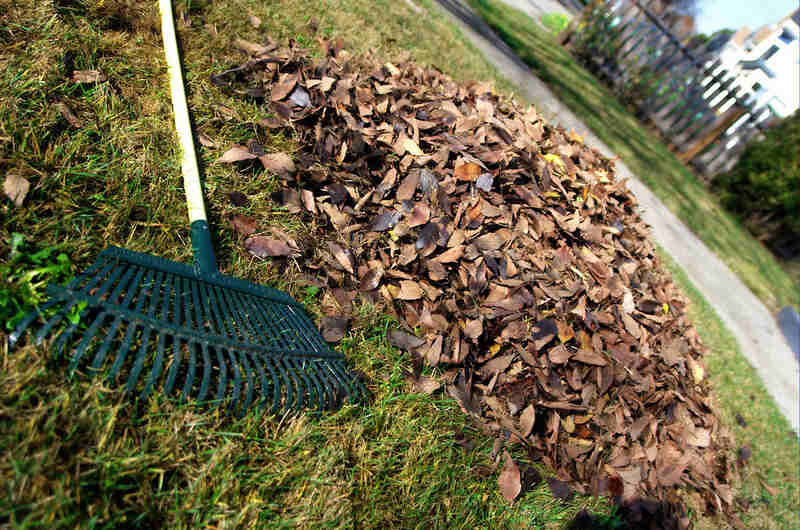
Fall has no shortage of fallen leaves and other debris. While the red, orange, and yellow foliage sets the fall mood, it’s not something you want to keep on your lawn. Debris on your lawn can block your turf from the sun and trap moisture. This can foster lawn diseases, and that’s not something you want to deal with. Make raking your lawn a habit to keep it clean and healthy.
Piles of organic matter can also attract pests, such as the most common lawn and garden pests in Nebraska: white grubs, cutworms, and fall armyworms.
To prevent waste, bag leaf litter and other biodegradable matter in biodegradable waste bags. You can also turn shredded leaves (i.e. from a mulching lawn mower) into mulch.
Mulch
Why should you mulch? Mulching benefits your lawn in many ways, such as keeping it insulated through cold temperatures. Your mulch can be inorganic, such as small stones, or organic, such as shredded bark, leaves, or grass clippings.
The leaves and lawn clippings you’ve accumulated can be turned into free mulch. Run the leaves and grass clippings under your lawn mower. It would be even better if you had mulching blades to make the clippings very fine. Sprinkle your homemade mulch evenly throughout your lawn and your plants.
As a bonus, this organic matter also doubles as a slow-release fertilizer when it decomposes.
FAQs About Fall Lawn Care in Nebraska
Fall lawn care for warm-season yards is simpler, but that’s only because most of the heavy lifting should be done in the summer when they’re actively growing. Keep mowing and watering your warm-season grass during the fall, but don’t aerate, dethatch, fertilize, or overseed.
Warm-season lawn aeration should be done in the summer when this type of grass is actively growing. In the same vein, you should dethatch, overseed, and fertilize warm-season lawns in the summer, too.
Don’t aerate when your soil is wet because it’ll be muddy. However, you shouldn’t aerate when your soil is too dry, either, as it’ll be too difficult to work with. Slightly damp soil is ideal.
Don’t Fall Behind on Your Fall Lawn Care
Maintaining your Nebraska yard in the fall can be a bit involved, but you’ll be rewarded with a beautiful lawn throughout the season. So, roll up your sleeves and get to work.
But you don’t have to get down and dirty yourself if you hire a lawn care company to do the work for you. Contact a local lawn pro in Nebraska today so that you can sit back, relax, and enjoy the fall scenery. LawnStarter can connect you with pros in your area whether you live in Omaha or anywhere else across the Cornhusker State.
Main Image Credit: Ammodramus / Wikimedia Commons / CC0 1.0